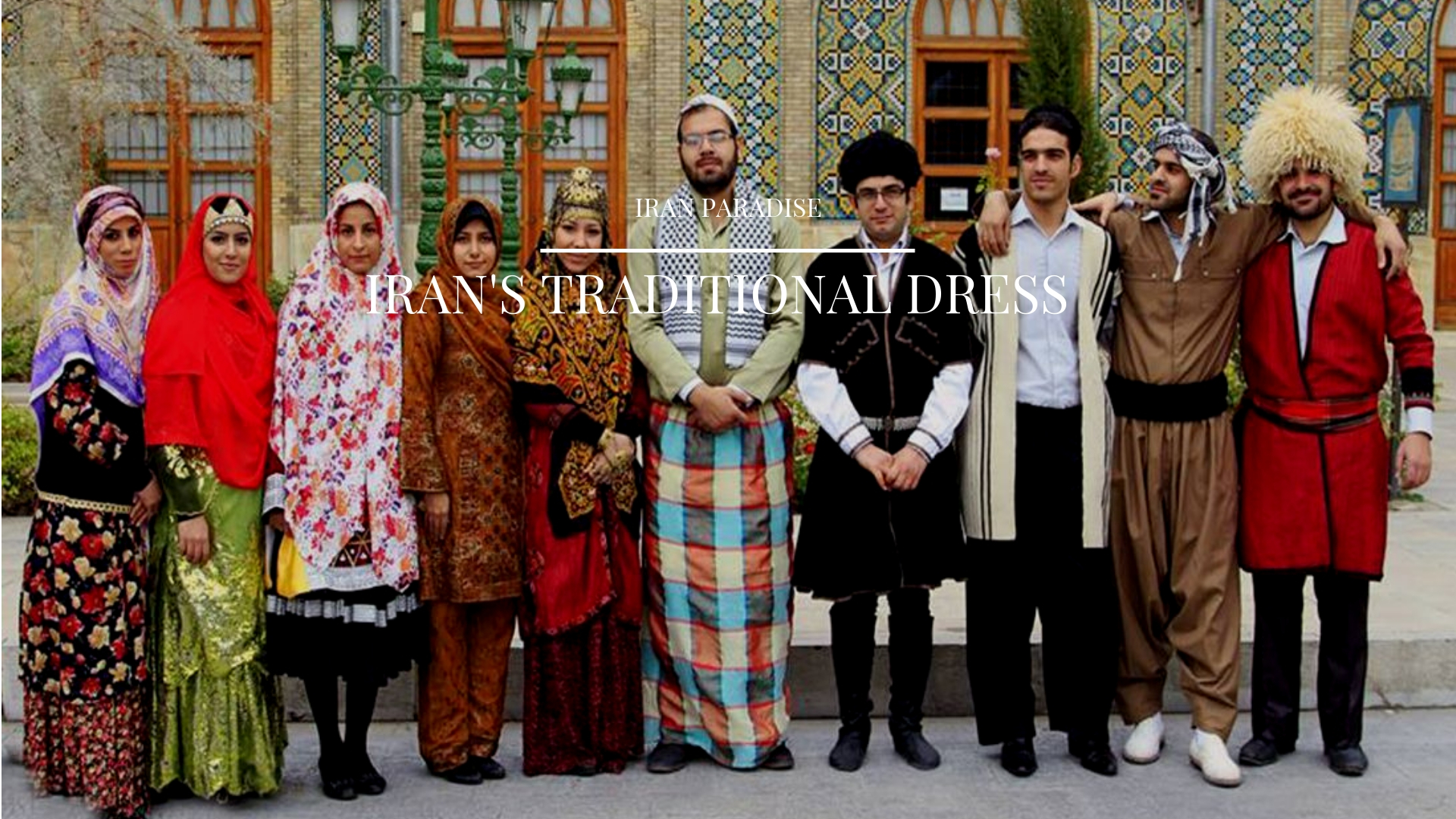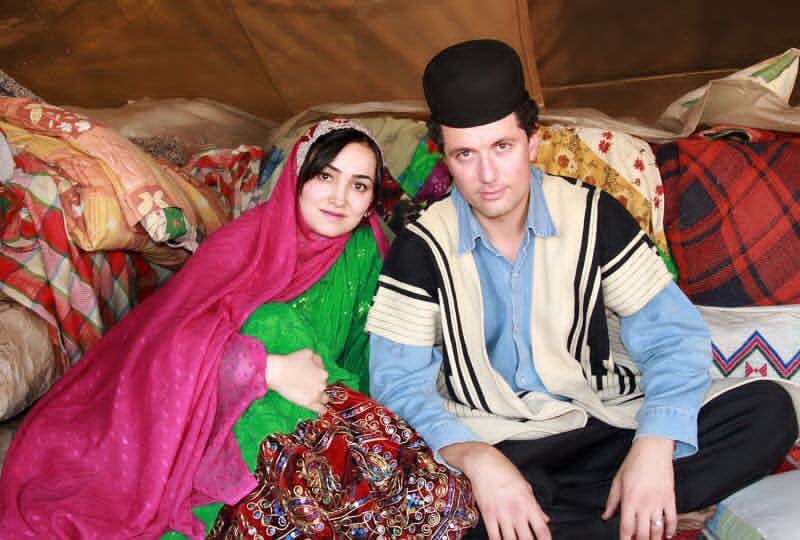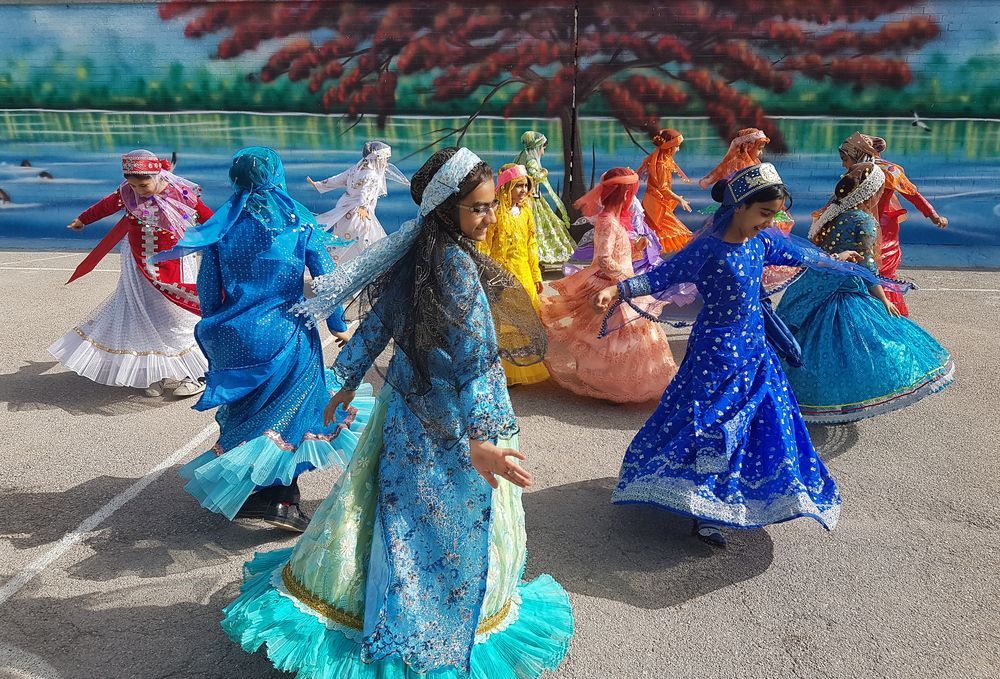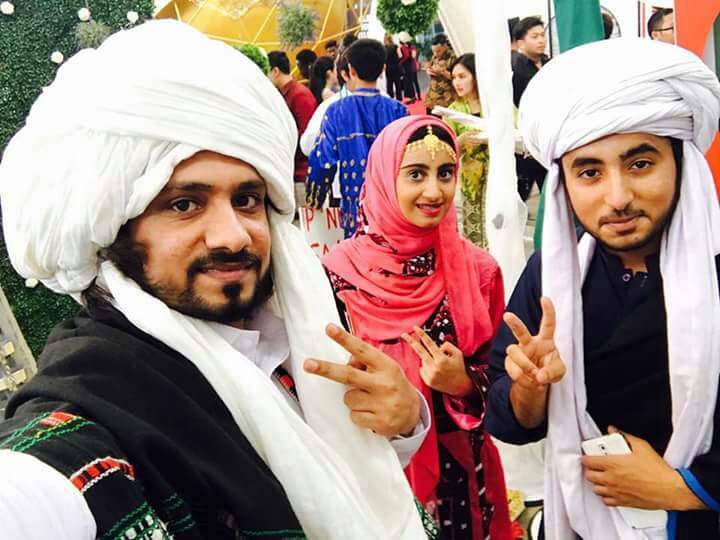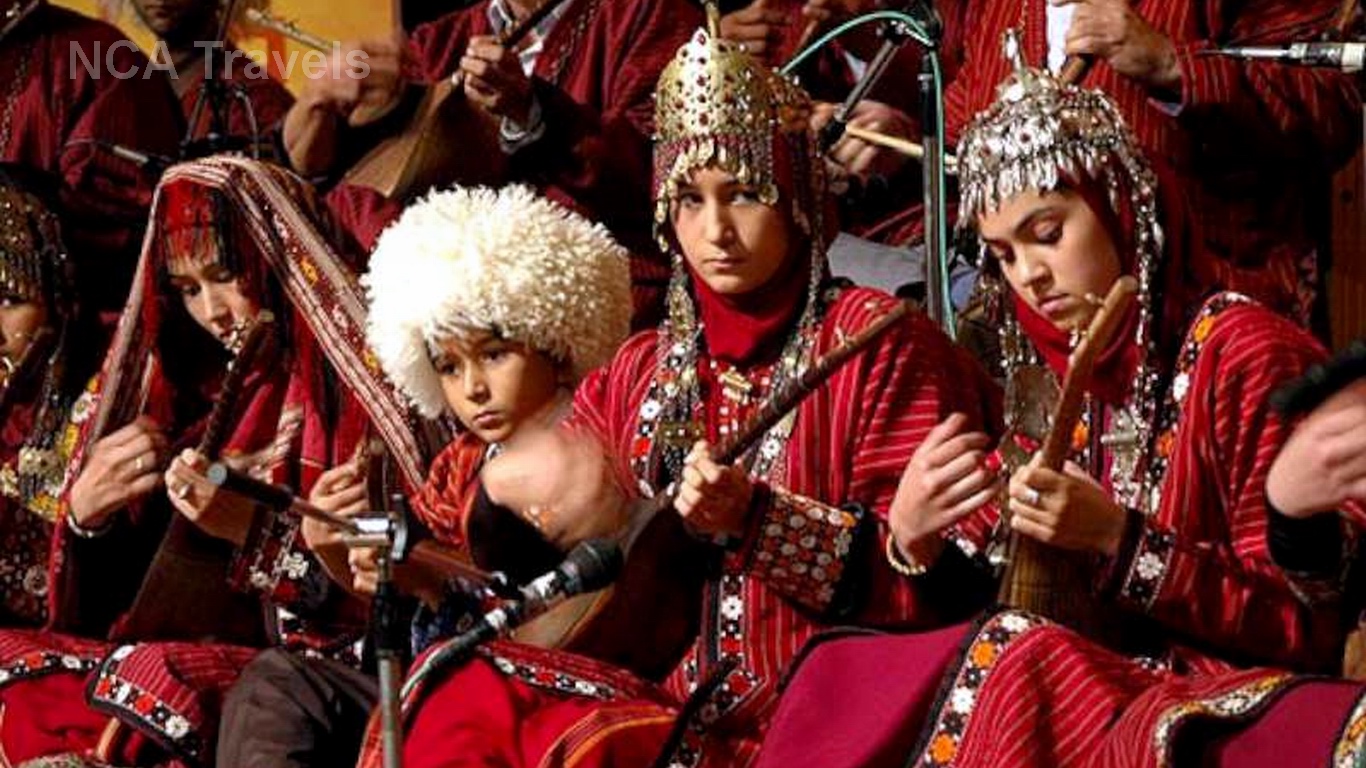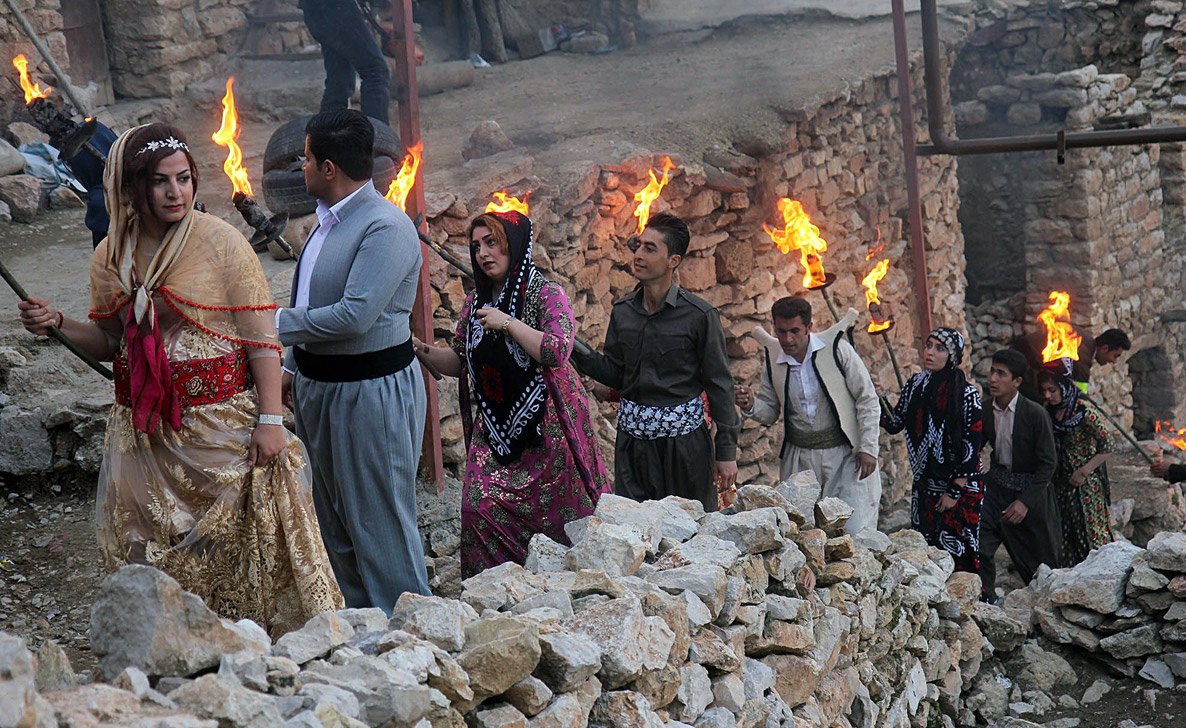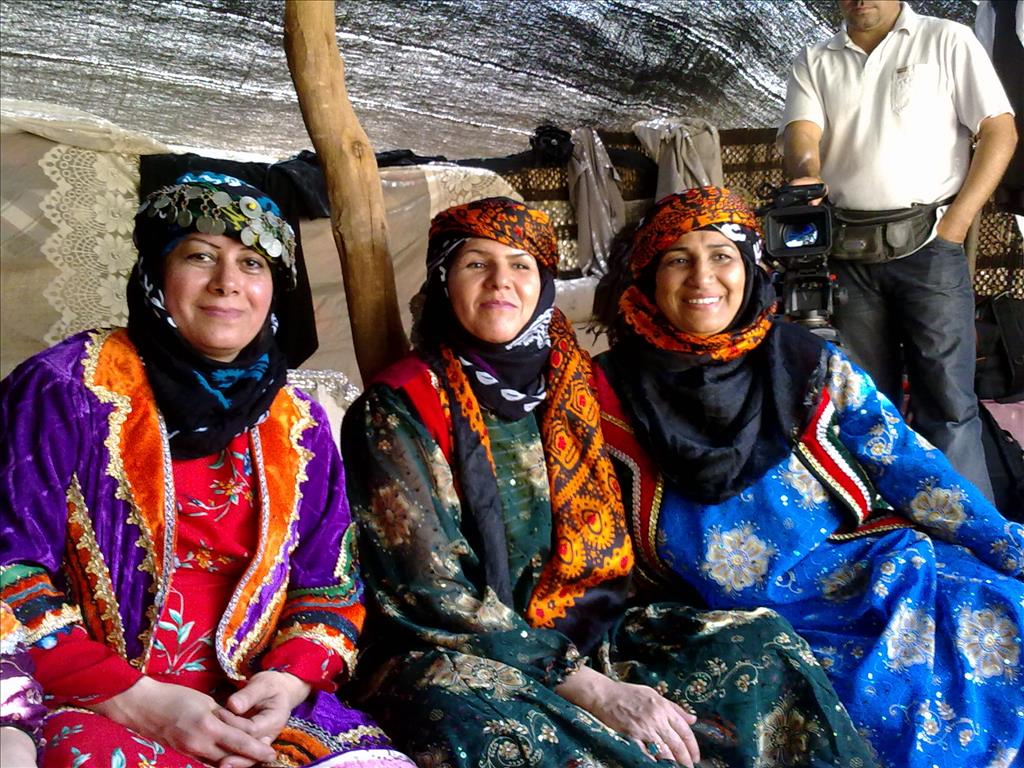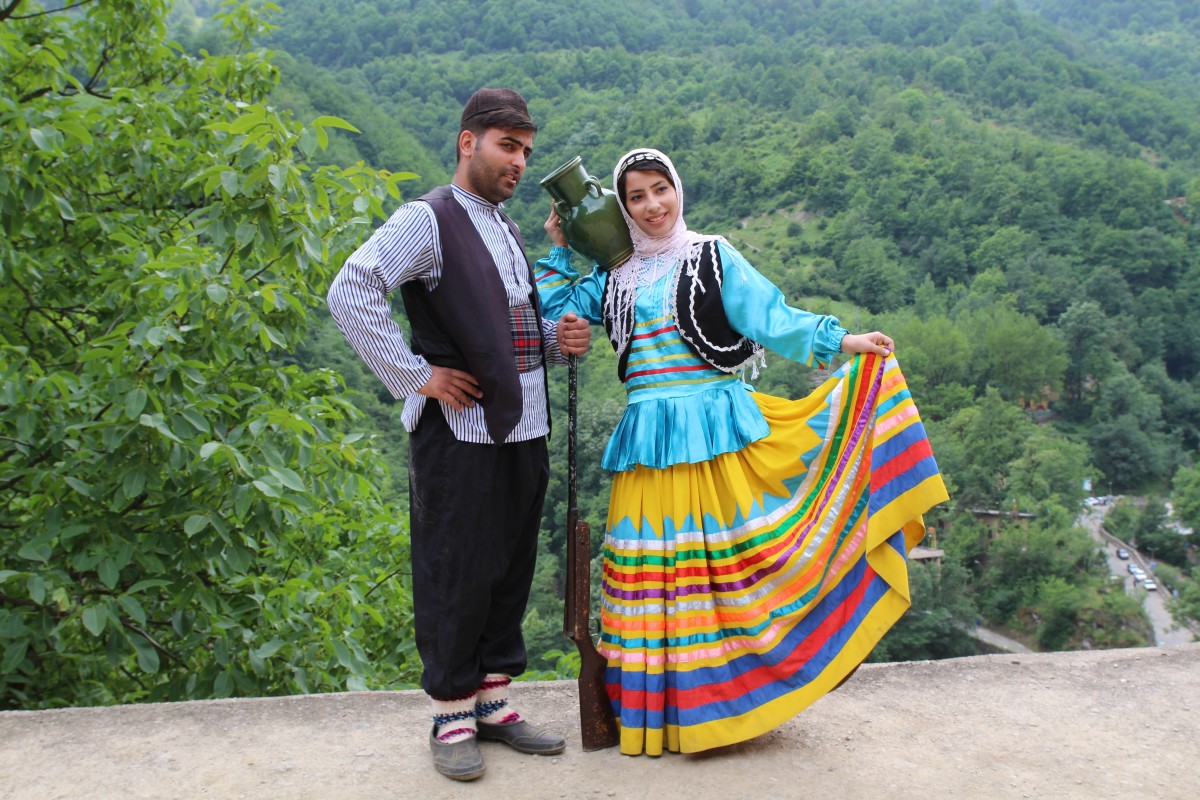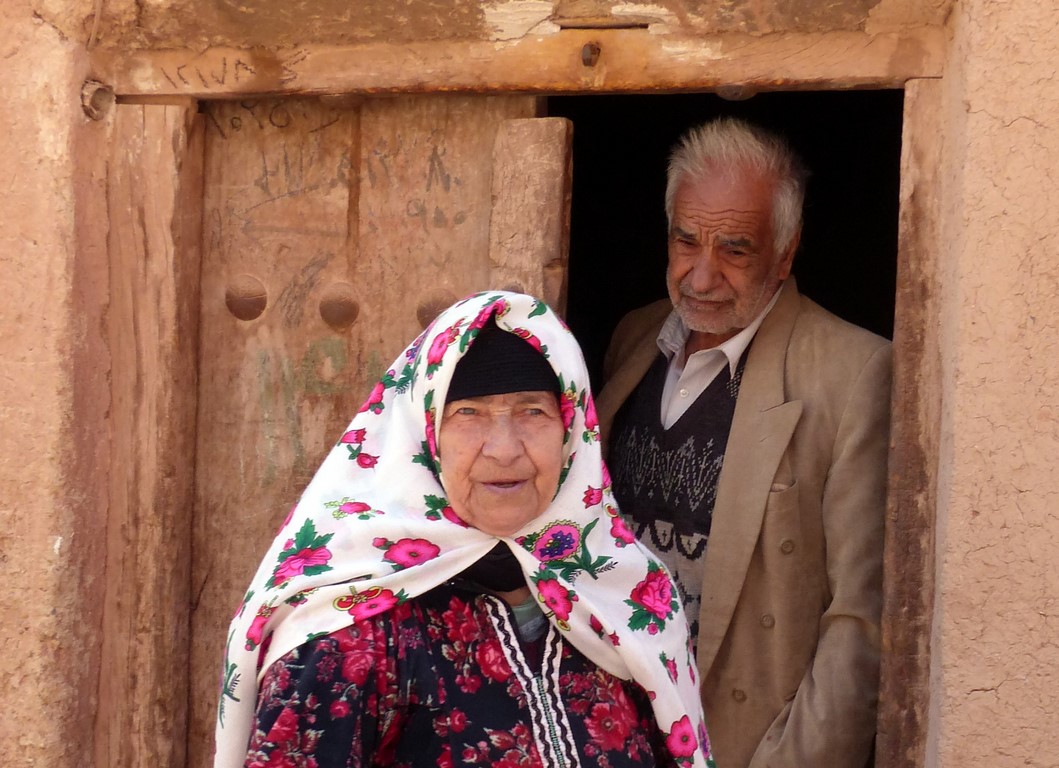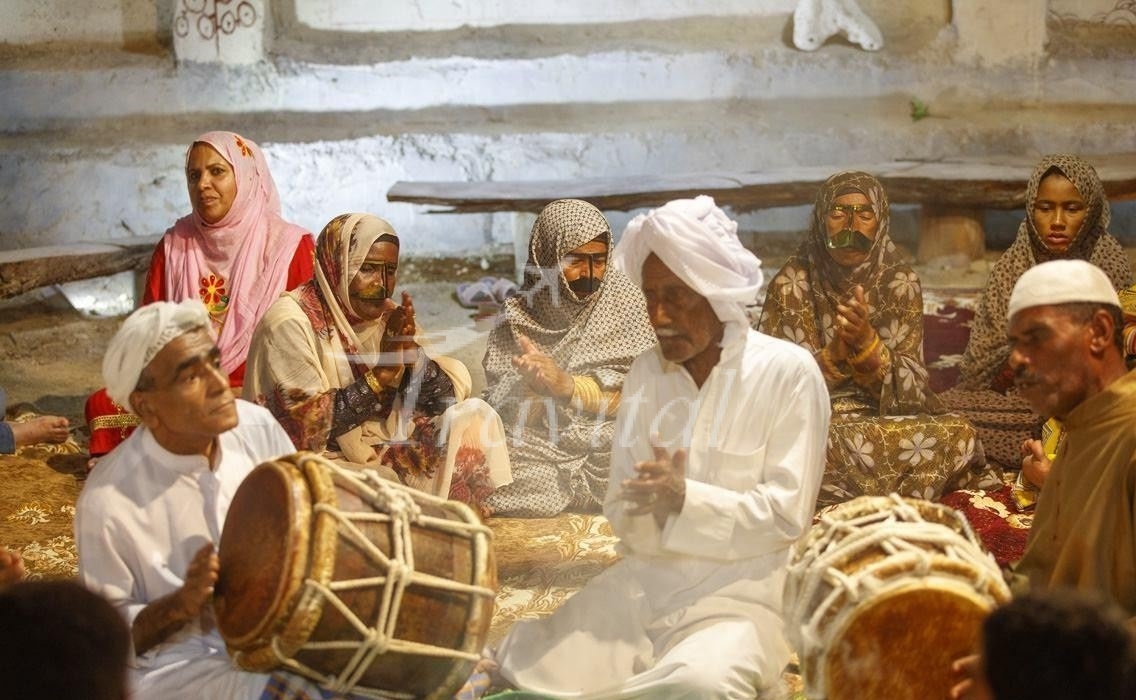Iran’s Traditional Dress
Although the majority of Iranians are Persian, Iran has a varied population that includes different ethnic groups, each with their own language, tradition, and clothes, all of which add to the richness of the country’s culture. Traditionally marked in women’s clothes, it’s easy to identify which region or tribe the person belongs to based on the colorful fabrics, embroidered patterns, decorative jewelry, and style of hijab. Here, we uncover the traditional dress of Iran’s diverse people.
Traveling to Iran presents you a wide range of clothes belonging to different cities or cultures in order to show the glorious Persian heritage, a prodigious beauty that penetrates your soul. Clothing is a vital issue from ancient era until now in the contemporary lifestyle. It is necessary to mention that religious believes have very important effects on choosing type of clothes especially in villages of Iran.
Recent history reveals that the traditional dress for the Iranian women included trousers, chemise or blouse which was normally in bell-shaped along with jackets and other sort of over-garments. For wealthy and urban living women, trousers were bit tight while in the other remote parts of Iran, women used to wear baggy trousers. Chemise (blouse) locally known as ‘Pirahan’ was usually made with different types of fabrics. With the passage of times, many trends were introduced in the designing of Pirahan and by the end of the nineteenth century, women’s Pirahan became short having waist-height or slightly lower.
Traditional jackets or over-coats used by Iranian women were usually made with a variety of fabrics and those were adorned with heavy brocades and embroidery. These jackets were usually remained un-fastened. Long robes and loin cloths were also worn by the women and men in Persia.
After the revolution, the Iranian women are used to wear loose-fitting dresses along with a head-covering. Now scarves and veils have also become an integral part of the traditional dress form woman in Iran. But the Iranian women have not left their habits to wear the best and sophisticated clothes with magnificent designs. Even today, the Iranian women although follow the government rules, yet they fulfill their desires to dress up in brightly colors outfits and to make their appearances gorgeous.
The clothes of the Bakhtiari nomadic tribe are rather versatile, accounting for the extreme weather conditions they may encounter during migration. Men wear tunics, wide trousers fastened at the ankle, and wool skullcaps. Colorful, layered skirts paired with matching vests are common for women. Their long scarves are embellished with hand-stitched designs or ornaments.
Of Turkic origin, the Qashqai are another nomadic tribe. Women are distinguished by their voluminous, multi-layered, colorful skirts and long headscarves pinned under the chin, which allow loose pieces of hair to frame their face. Men’s round hats are made of sheep hair, which is unique to this tribe.
The southeastern Sistan and Baluchestan province borders Pakistan and Afghanistan, and the traditional clothes of this region therefore resemble the typical shalwar kameez of these neighboring countries. Along with pants and colorful embroidered knee-length dresses, women adorn themselves with gold bracelets, necklaces, and brooches, and a second, longer shawl often covers their head and shoulders. Long pants, loose-fitting shirts, and a turban are customary for men.
Earthy tones dominate the traditional dress of Turkmen men and women. Wearing long dresses with open robes, women often conceal part of their face with a cloth hanging just below the nose. Wool hats, worn to protect against cold weather, are the prominent feature of men’s garments.
Kurds have varying styles, as reflected by their residence in different regions. Both men and women tend to wear baggy clothes shaped at the waist by a wide belt. Men wear matching jackets, and women decorate their headscarves with dangling coins and jewels.
In contrast to Lur men, who favor neutral colors in their baggy clothes, women lean towards bright, feminine colors, with the trademark stripes hemmed on the pant cuffs. A vest reveals the sleeves of the long dress worn over the pants. After wrapping the headscarf around the head, neck, and shoulders, a long piece is left hanging down the back.
Worn with long shirts and matching vests, floor-sweeping skirts with colorful horizontal stripes at the bottom are the discerning feature of the traditional Gilak wardrobe in the northern Gilan province. Men are distinguished by the wide cotton belt around the waist.
With pants worn underneath, the traditional skirts of the northern Mazandaran region are known to be much shorter and puffier than in other regions. Cotton shirts and hunting trousers with the socks and/or boots worn just below the knee are typical for men.
In the village of Abyaneh, the aging population has maintained their traditional clothes. Women continue to don airy, below-the-knee skirts and their signature long, white floral scarves that cover the shoulders. Traditional men dress in wide-legged black pants, colorful vests, and wool skullcaps.
The women in the southern port town of Bandar Abbas and the island of Qeshm are notable for their brightly colored, floral chadors and niqâb, which come in two types. The first gives the impression of thick eyebrows and a mustache from afar, a ruse used in the past to fool potential invaders into mistaking women for men. The other is a rectangular embroidered covering revealing only the eyes. Many women choose not to wear the niqâb today, but it is part of a centuries-old tradition that helped protect the face from the wind, sand, and scorching sun in these areas.


